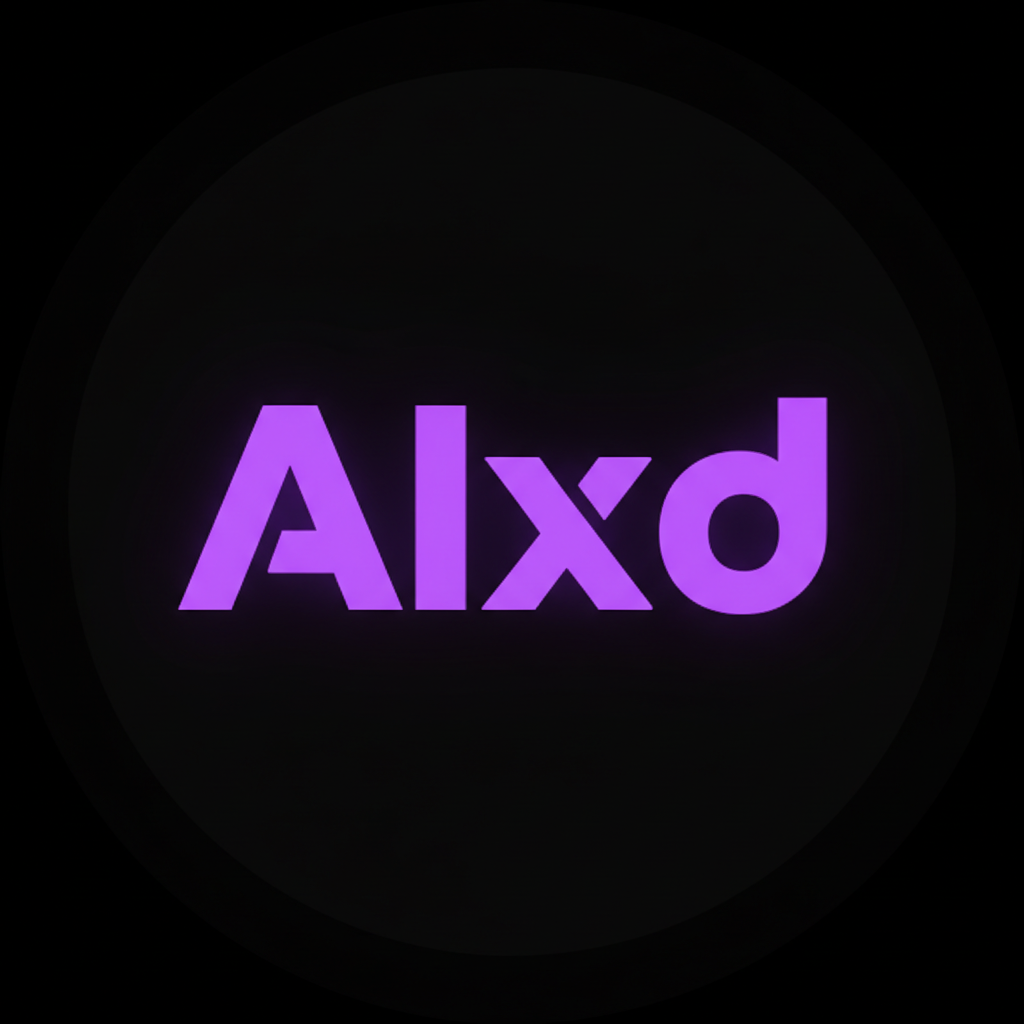AI Interaction Developer
The next generation of Frontend Developer
AI Engineer Roadmap
Your comprehensive journey from fundamentals to AI expertise
Step 1
Fundamentals (Beginner)
Build a solid foundation in web basics and workflows
HTMLCSSJavaScript (ES6+)TypeScript (Highly Recommended)VSCodeGitnpm / pnpm / yarnChrome DevToolsBasic DOM manipulationfetch APIJest (Unit Testing)Responsive portfolio site built with TypeScriptStep 2
Modern Frontend (Early-Intermediate)
Structure productive and maintainable frontend apps
React (Essential)Next.js (Recommended: SSR, Edge Functions)Vite-based AppsTailwind CSSCSS Modulesstyled-componentsReact Query (TanStack Query)ZustandRedux Toolkit (when needed)React Testing LibraryPlaywright or Cypress (E2E)Next.js + React Query powered API dashboardStep 3
Type-Safe Fullstack (Intermediate)
Design type-safe APIs and integrate fullstack systems
Node.js + TypeScriptDeno or Bun (optional)RESTGraphQL (Apollo)tRPC (Type-safe Communication)PostgreSQLPrisma / Supabase (BaaS option)OAuthJWTClerkAuth0Backend API + DB integration for AI servicesStep 4
AI Integration Basics
Safely communicate with LLMs and AI APIs
OpenAIAnthropicHugging Face SDKsManage secrets on the serverClient calls tokenized endpoints onlyFetch StreamingServer-Sent Events (SSE)Basic WebSocketProvider SDKsaxios / fetchStream ReaderChat UI with streaming responses — basic AI chat appStep 5
Prompt Engineering & RAG
Build document-based Q&A and context-aware pipelines
Prompt designContext window managementChain-of-Thought reasoningPineconeQdrantWeaviateMilvusSupabase VectorLangChainLlamaIndex (or custom pipeline)ChunkingMetadata storageSnippet/Summary creationPDF upload → Embedding → Document Q&A serviceStep 6
Multimodal Interaction
Connect text, image, audio, and video inputs/outputs
MediaDevices.getUserMediaWebRTCWeb Speech API (STT/TTS)File APICanvas / OffscreenCanvassimple-peermediasoup (server)ffmpeg.wasmClient-side resize/compressionEXIF handlingStreaming uploadsMultimodal chat app — image + voice input with AI responseStep 7
Realtime Collaboration
Support multi-user + AI interactions
WebSocketSSEWebRTCCRDTs (Yjs, Automerge)Supabase RealtimePusherLiveblocksFirebase RealtimeOptimistic updatesConflict resolutionSession sharingCollaborative document editor with AI assistanceStep 8
Edge & On-device Inference
Minimize latency and enable offline experiences
Vercel Edge FunctionsCloudflare WorkersNetlify EdgeTensorFlow.jsONNX Runtime WebWebNN / WebGPUWASM librariesRun lightweight models in-browser for privacy & cost efficiencyBrowser-based NLU/classification model demoStep 9
Security, Privacy & Compliance
Protect user data and mitigate model risks
Server-side secret storageHTTPSAuth/Access controlRate limitingWAFPII anonymizationData minimizationUser data deletion flowPrompt injection defenseResponse filteringHuman-in-the-loop reviewGDPRCCPA complianceData retention policiesPrivacy consent & response validation pipelineStep 10
Scaling & Observability
Build reliable, cost-efficient systems
RedisCDN-level request/response cachingBullMQRabbitMQServerless queuesSentryDatadogOpenTelemetryStructured logs & tracingToken-efficient model usageBatch processingSampling strategiesLLM cost monitoring dashboard with alert systemStep 11
Tooling & CI/CD
Automate reliable builds and improve team productivity
GitHub ActionsVercel/Netlify auto deploysDockerKubernetes (optional)ESLintPrettierType checkingTest coverageGitHub CopilotAI refactoring assistantsAutomated CI → staging → production pipelineStep 12
Product, UX & Measurement
Design user-centered experiences and measurable improvements
Figma (Prototyping)Design SystemsInteraction DesignAccessibility (a11y)Feedback LoopsA/B TestingUsability metrics (efficiency, success rate)DocumentationDemo video creationEducational content writingUser study on improving AI response trust & usefulnessStep 13
Specialized Expertise (Optional)
Go deep in selected advanced or niche domains
LangChain agent patternsTool chain managementLoRAPEFTData preparation and tuning workflowConversational voice UX designInterrupt/cancel handlingModel interpretabilityDomain-specific model development
© 2025 AI Interaction Developer. The Future is Now.
